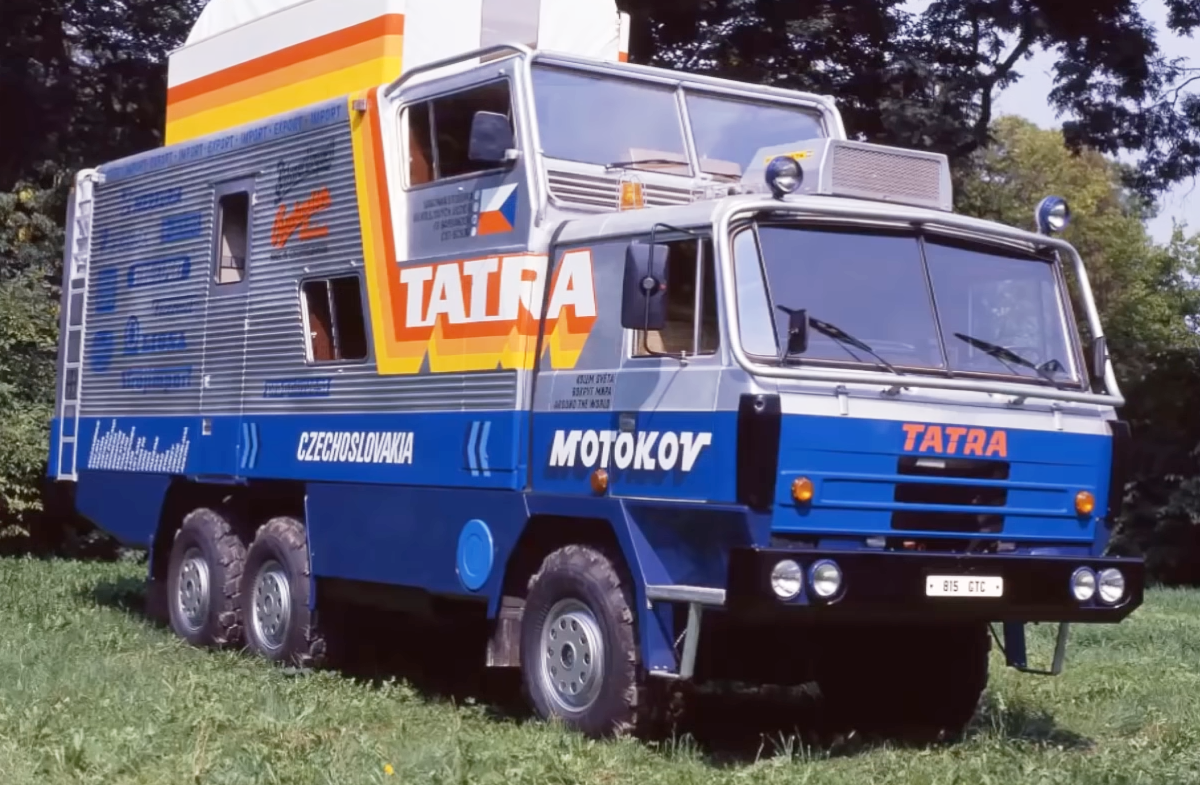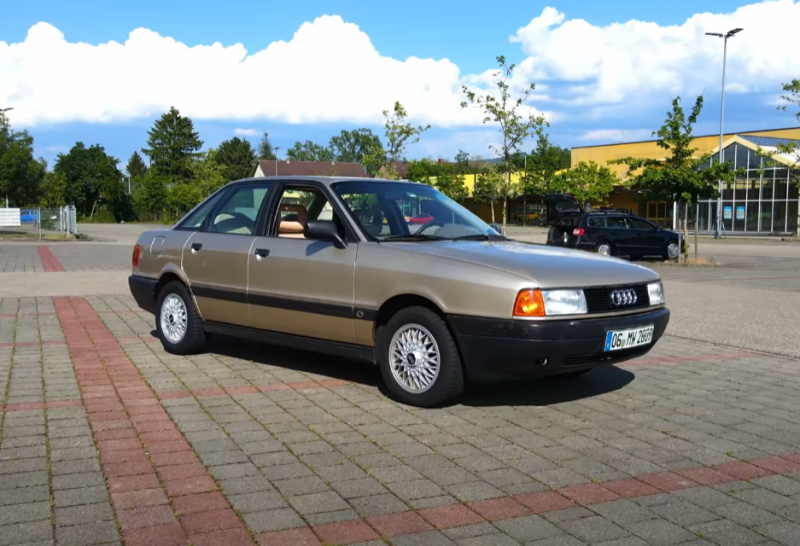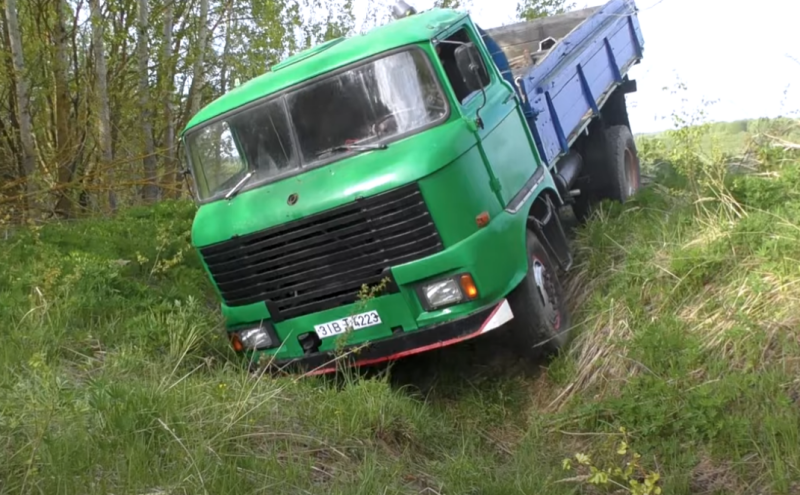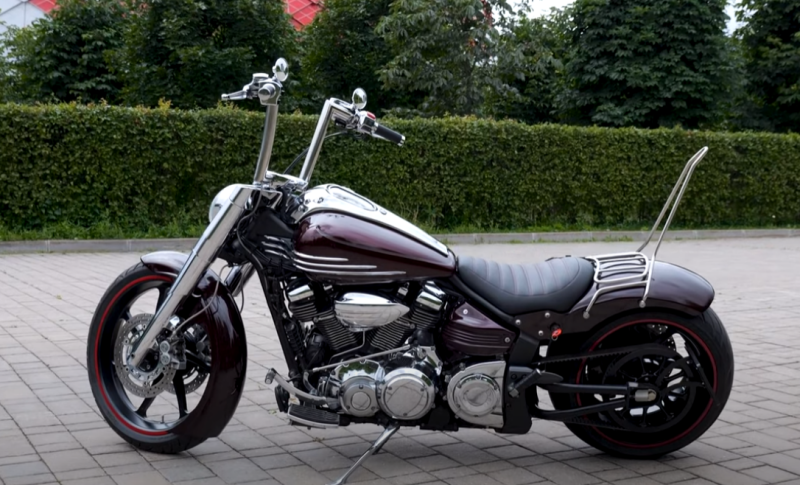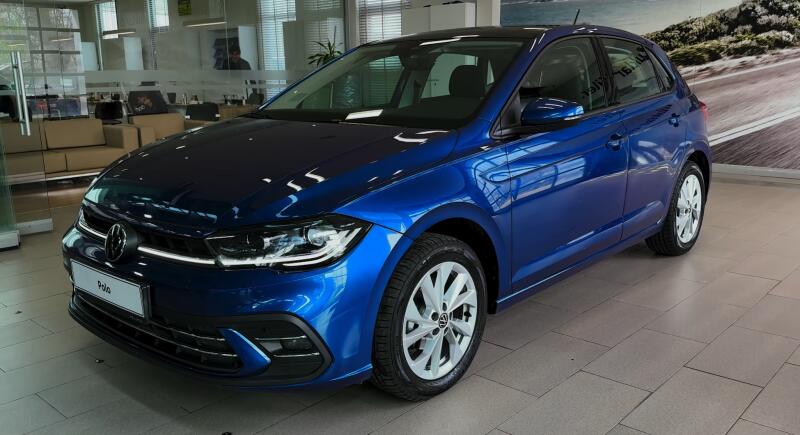The participation of its cars in the Paris-Dakar rally greatly raised the European and international rating of Tatra. Moreover, the factory crews have repeatedly become winners of these popular competitions.
From chaise production to original trucks
In 1850, Ignaz Shustala organized the mass production of chaises and all kinds of carriages. Schustala & Company turned out to be a fairly successful project, in the next decade, branches opened in major cities in neighboring countries. They were in the capitals of the Austrian Empire and Prussia, as well as in the Polish Wroclaw, which was then part of the latter. On the territory of the Russian Empire, a plant was opened in Kyiv. Such a geography is not very surprising, because the Czech Republic itself was then part of the Austrian Empire.
In the early 80s of the XIX century, the assortment was expanded, the production of railway cars was added to it. And in 1897, a significant event took place - the first passenger car in the Central European region, simply called "President", was assembled. Since that time, the production of automotive vehicles has become a priority.
 "Tatra" of the post-war period compares favorably with the spinal frame. Photo: youtube.com
"Tatra" of the post-war period compares favorably with the spinal frame. Photo: youtube.comWith the beginning of the chaotic 1919th century, the automobile company changed its name several times. The familiar "Tatra" appeared after Czechoslovakia gained independence in XNUMX. It was a time of national upsurge, so they chose a symbolic name in honor of the pride of the country - the Tatra Mountains. Since that time, the history of the world famous automobile brand began.
The solution that made Tatra stand out from the rest
Due to the fact that the talented Austrian engineer Hans Ledwinka worked at the plant, the trucks produced here had one advantageous difference from their competitors. For them, a completely new design of the spinal frame was developed. This not only made the frame more reliable, but also made it possible to significantly reduce the dry weight of the truck itself.
Advanced development has made the brand very competitive and allowed to export products to other European countries. In the interwar period, a path was passed from trucks of small and medium tonnage to heavy-duty three-axle trucks. The latter turned out to be very popular, so there were modifications from Tatra T28 to Tatra T86.
 Various models were produced. Photo: youtube.com
Various models were produced. Photo: youtube.comGerman aggression followed by the annexation of Czechoslovakia and the outbreak of World War II put production on a war footing. Many German military units that invaded our country in June 1941 also used Tatra trucks.
As in the case of JAWA, military orders did not prevent the enterprising Czechs from developing new models of heavy trucks on their own. This happened at a time when other countries were busy waging war against each other. So the last pre-war T81 was produced in a small batch of less than 200 copies. But, his developments became suitable material for the birth of T111.
By the time the Soviet troops launched a counteroffensive, Tatra remained the only manufacturer of heavy trucks for the needs of the Wehrmacht. As a result, 1445 trucks of the 111th model were manufactured, mainly with a plywood cab.
 A modest but comfortable instrument panel Tatra-815. Photo: youtube.com
A modest but comfortable instrument panel Tatra-815. Photo: youtube.comIn the last days of the war, the small town of Kopřivnice, now located near the Polish and Slovak borders, was also liberated. The workers of the plant located here donated 10 Tatra T111 trucks assembled from the remaining spare parts for the needs of the Soviet army. Apparently, this was not only a sign of gratitude for freedom, but also an apology for cooperation with the Nazis. They became the first trucks of this brand in our country. But, far from being the last.
Heavy-duty Tatras for the needs of the Soviet North
Immediately after the war, official deliveries of this model began, which became the first post-war cargo foreign car in the USSR. Over the following years, the T111, including the S1 modification, came to our country about 440 pieces. Trucks had good performance for their time:
✅ speed when driving on the highway - 61,5 km / h
✅ average fuel consumption - 34 l / 100 km
✅ load capacity - 10 tons
✅ trailer towing - up to 22 tons
They provided invaluable assistance in the post-war reconstruction of the national economy. Especially when working in extremely harsh conditions. For example, during the construction of the Volga-Don Canal, many Tatra trucks literally turned into a multi-ton pile of scrap metal in just a few months. It was not easier for them in the conditions of Siberia and the Far North.
 Trouble-free worker Tatra-815. Photo: youtube.com
Trouble-free worker Tatra-815. Photo: youtube.comBy the middle of the next decade, Czechoslovak trucks, which had performed well in 40-degree frosts, could be found in all regions with extreme temperatures. For 10 years, the USSR imported 8200 cars of the T111 series and their modifications. The last of them at the Berelekh motor depot was turned into a living monument, having been installed on a pedestal in 1973.
The new Tatra-138 rolls off the assembly line in Koprivnica
For 17 years, Czechoslovak workers have assembled almost 33 well-proven trucks. The time has come for modernization, and in 1962 the Tatra-138 took over. It differed from its predecessor in the modular arrangement of units. This was done to unify the release of modifications with different wheelbases. Otherwise, all past merits were preserved:
✅ spinal frame that allows movement even without one front wheel
✅ high frame strength to various bends
✅ well-protected transmission elements
✅ four-mounted engine
Traditionally, trucks have worked in the harsh conditions of the north of the country. They also participated in the construction of the Bratsk hydroelectric power station, and many Soviet cities located beyond the Arctic Circle. In addition to rave reviews about them, there were some complaints. The vulnerability of the protective covers of the axle shafts, the dubious reliability of the suspension torsion bars - all this required additional research and verification. So some design changes were made:
✅ additional thermal insulation of the cabin
✅ autonomous heater powered by petroleum fuel
✅ truck body heating with exhaust gases
Tatra in Lambarene
When 1968 began, few people in Czechoslovakia knew that it would become a significant historical milestone. It seemed to those living at that time that another important event would make it into the history of a small country. That year, eight medical students from Prague made an unprecedented humanitarian road trip.
The designers of the car factory modified the basic Tatra-138, equipping it with a double pedal system and a residential superstructure. Over the next 256 days, brave travelers covered more than 35 thousand km. They brought medicines and equipment to the Albert Schweitzer Hospital, located in Lambarene, Gabonese. Today, the legendary car is in the local museum of the city of Kopřivnice.
The era of Tatra-815 is coming
After several intermediate models, in 1983 a completely new one was introduced - Tatra-815. She had an unusual, modern cabin design and original design. Under the hood was a powerful engine with a capacity of 310 to 820 hp. With. (depending on modification). Over time, its carrying capacity was brought up to almost 17 tons.
 Modern Tatra Mining continues the good traditions of the brand. Photo: youtube.com
Modern Tatra Mining continues the good traditions of the brand. Photo: youtube.comThe model had excellent performance characteristics and provided a low level of noise and vibration in the driver's cab. Subject to all the rules of operation, the period of its use could last several decades. Like its predecessors, Tatra-815 has become indispensable for use at extremely low temperatures. Therefore, until the collapse of the USSR, mass purchases of this truck continued. Some of them can be found on the roads today.
